How to transplant honeysuckle?
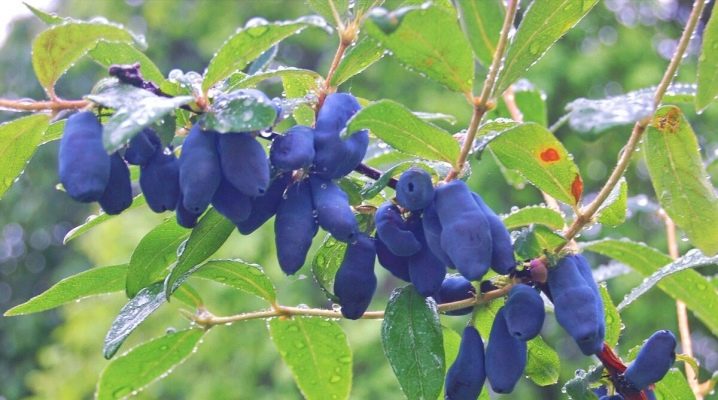
Honeysuckle is a plant that does not need to be repotted frequently as it does not affect fruit quality or development. However, it is worth considering some transplanting rules if you need to move the shrub to a new location or to change the design of your garden. Also, many owners transplant the crop to maintain the correct distance between the plants.
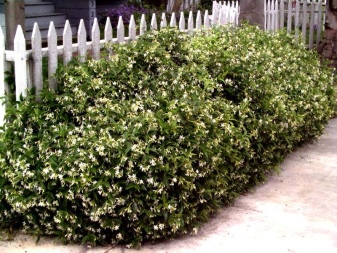

Timing
Honeysuckle is one of those crops that activate with the first warming. As soon as the snow melts, young buds begin to grow. Temporary frosts after a thaw usually interrupt the growth phase for a short time, after which the plant will begin to actively grow again.
Depending on climatic conditions, seedlings can germinate up to seven times in spring, so before replanting a plant at this time, many important nuances should be taken into account.
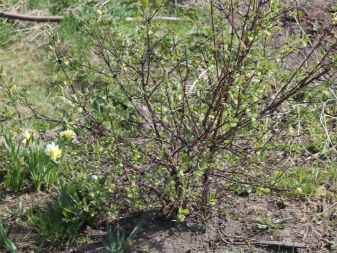

Spring
Experts note that it is still possible to transplant seedlings in the spring. This should be done when the shoots are not growing particularly quickly, that is, in the first spring months. May and June are the times when plants are most vulnerable to injury and drying out during treatments.
It is very important to replant honeysuckle with a large clod of soil at the base of the bush so that you can carry out the work without unpleasant consequences.
There are about 250 species of honeysuckle recorded in the world, most of which are inedible. The difference between poisonous and edible berries is simple: burgundy or orange berries are considered poisonous, while blue or black berries are considered edible.
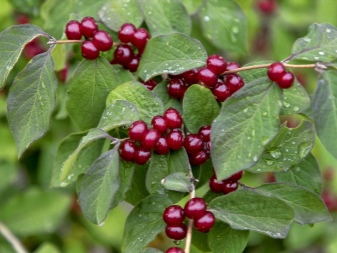
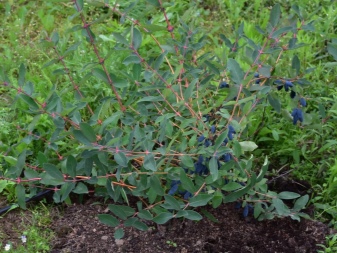
Autumn
Garden work can be carried out in early September. The deadline for work with honeysuckle is mid-autumn (in warm regions - early November). The main thing is not to wait for the moment when the first cold days begin.

How to prepare a plant?
In the spring
Spring transplanting can be very dangerous for mature plants, so only prune damaged branches. Seedlings should be planted in containers in April to protect and speed up the seedling. Young seedlings (up to 5 years old) should not be pruned.
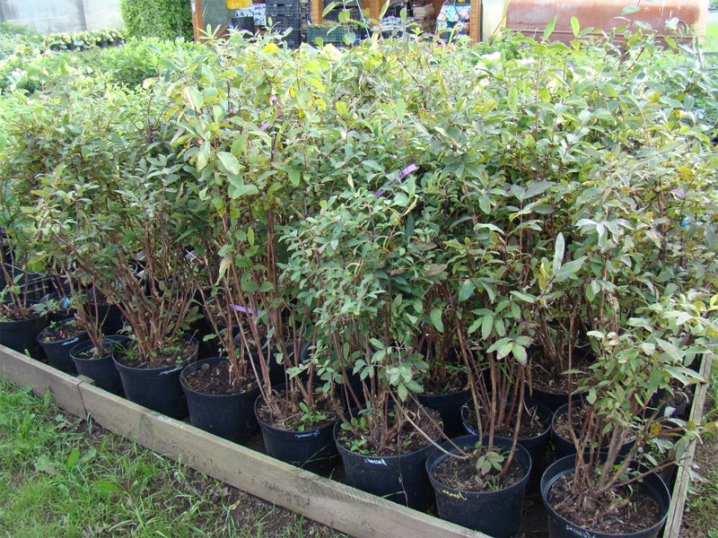
In autumn
Pruning is necessary to rejuvenate the shrub (total height 50 cm). Mature shrubs do not need to be specially insulated for the winter.
The base of young plants should be overlaid with brushwood or peat, and then cover the culture with fleece and wrap with rope.
Small seedlings in the soil should be protected from rain and cold with agrofilm and ventilated, leaving both ends open.
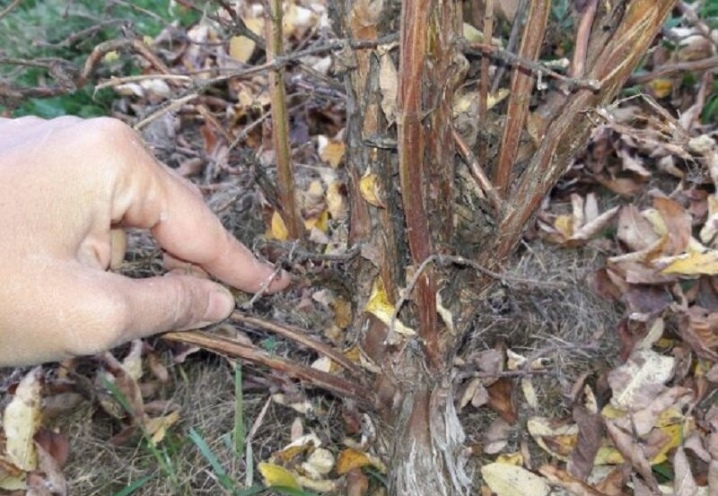
Basic transplant rules
The procedure itself is not complicated. The focus is on carefully separating the bush and planting it safely in its new location.
In the spring
Experienced gardeners strongly recommend replanting the plant immediately after thawing the soil in order to cause as little harm as possible. When the sap begins to move, the risk of deformation of the roots and branches increases. As mentioned above, honeysuckle is rarely transplanted in the spring. This is due to the fact that the bushes easily come out of hibernation and begin to actively develop.
Fertilizing before planting is a very important step. Their volume should be 1.5 times more than the rate used for routine feeding. You can also apply manure, but try to choose only lying down, otherwise the roots of the plant will suffer and receive a serious burn.
Before replanting the shrub, cut it back and leave 2/3 of the branches of the old growth. Remove damaged branches completely to prevent honeysuckle disease. When replanting the plant, remove only broken branches (if any) and do not prune.
The pruning procedure is only appropriate for seedlings that are more than 5 years old.
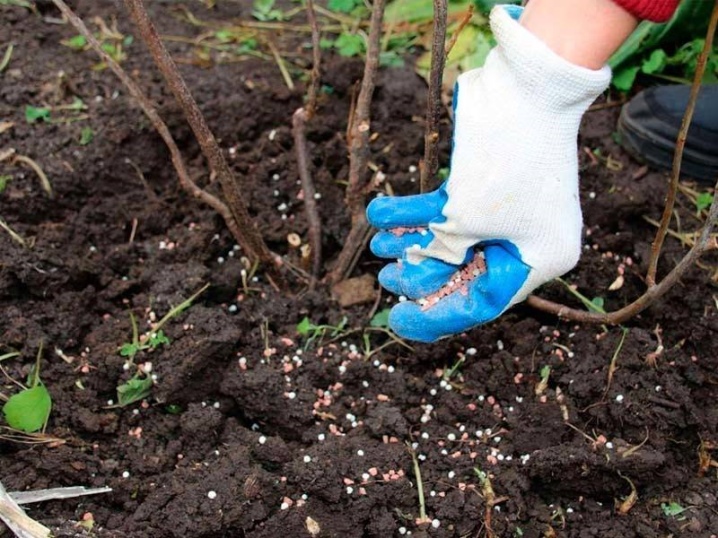
Take care to prepare the place for planting the culture in advance, as after digging up its roots and leaves will begin to dry rapidly. The radius of the new honeysuckle pit should be about 15 cm larger than the previous one. This will allow the bush to quickly get used to the new habitat, and the risk of root bending will be reduced to zero.
Experts say that the root collar should come out of the ground by only 5 cm.
The rest of the plant should be carefully filled with soft, quality soil, watered and then tamped. It is also important to monitor the looseness of the soil, both at the bottom and at the walls of the planting pit.
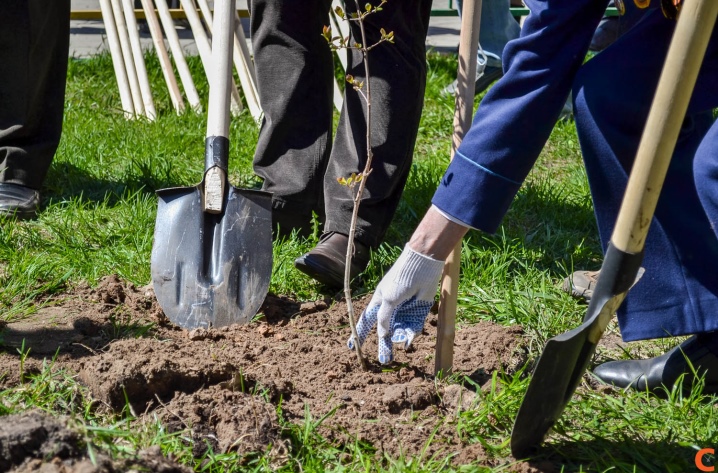
After completing all the preparation work, dig up the honeysuckle itself. To do this, it is necessary to make tunnels around the plant, given that the diameter of the roots coincides with the diameter of the crown. If the crop occupies too much of the land, then the protruding part of the root system can be cut off to reduce the diameter. But keep in mind that by this action you will significantly lengthen the adaptation period of honeysuckle.
The dug out bushes should be transferred to another place using tarpaulin or thick matting bags. To do this, lay the material next to the crop and lay the honeysuckle on it, the main thing is not to break the branches.
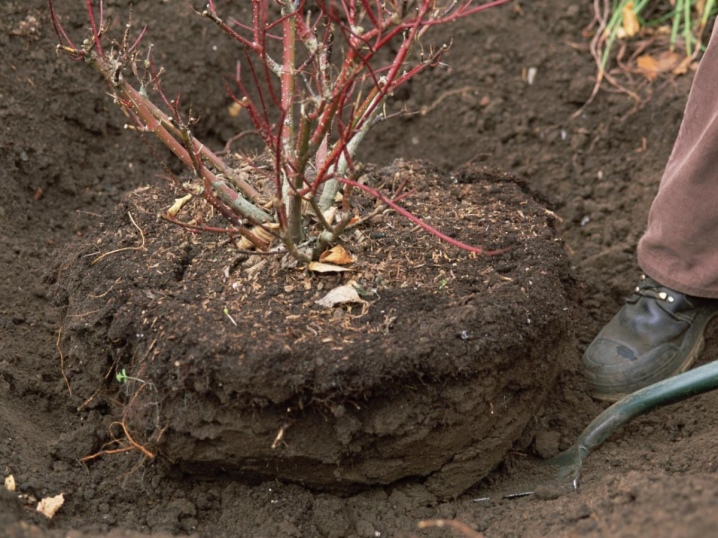
After placing the seedling in a new hole of the correct size, the roots should be straightened and positioned in the most comfortable position. If some roots were injured during digging, they should be trimmed with garden shears and only then planted.
Honeysuckle does not tolerate dry or wet soils, so it is very important to choose the right conditions for the crop. The plant must be watered thoroughly when it is just beginning to bear fruit. Therefore, about 13-15 liters of liquid must be poured under each bush.
After watering, remember to loosen the soil under the bush. This will allow the oxygen to flow to the honeysuckle roots. If it is a sultry summer outside, the volume of water must be increased by 3 liters. You should also regularly weed the weeds growing around and on the bushes.

It is recommended to periodically feed the honeysuckle with fertilizers - humus and organic matter. Experts recommend feeding every 2-3 years.
Honeysuckle is very fond of water, so make sure that the soil is constantly moistened. This can be easily achieved with the right mulch material. First of all, it is recommended to cover the surface with paper, and then spread grass or straw on it in two layers. Such mulching not only retains moisture well, but also prevents weeds from germinating.
Please note: Experienced gardeners forbid placing honeysuckle close to walnuts. This tree causes the honeysuckle to dry out, as it actively sucks water and nutrients from the ground with its strong root system.

In autumn
The ability to overwinter depends on proper crop care. The hosts must take care of the following important nuances:
- provide constant moisture;
- make sure that the transplant norms are not violated;
- do not forget about trace elements and minerals;
- keep the crop warm during the cold season.
If you have a summer cottage, then most of it can be populated with honeysuckle. The scent of this plant helps to relieve tension and anxiety and to normalize the functioning of the central nervous system.
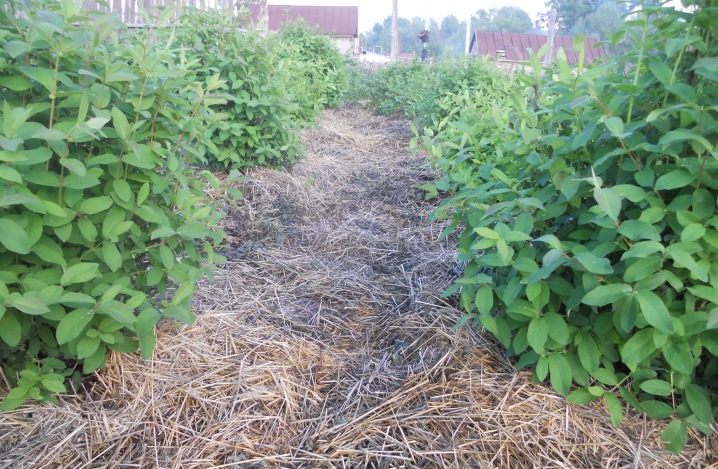
The first step is to determine the location of the shrub. Of course, you need to extend the daylight hours as much as possible, but the direction of the rays during the day should be carefully calculated. In direct sunlight, you will get a rich harvest.
You can cheat a little and plant currants or lilacs around the culture. These plants protect the bushes from strong winds. If you decide to transplant several honeysuckle bushes at the same time, make sure that the gap between them is at least 2 meters.

Transplant strictly adhering to the points below.
- Old shrubs should be shortened and young ones left in their normal state.
- Look out for a new place in advance, and a week before the transplant, dig a hole with a diameter of 1 m.
- Fill the bottom of the pit with drainage in the form of brick sand or stones.
- Mix wood ash and phosphorus fertilizer (150 g) in the dug soil to "revive" the soil.
- Put two-thirds of the fertilized mixture back into the hole and fill it with two buckets of water.
- When the soil settles, make a hole 40 cm deep and move the bushes into it as carefully as possible, after sprinkling them with large clods of soil.
- Spread out the honeysuckle roots and cover them with the rest of the fertilized soil. Then the roots are sunk in the ground by an average of 5 cm.
- Finally, water the culture abundantly.
When moving the shrub to another location, it is very important not to damage the branches and roots. Honeysuckle should be moved with the help of a partner, on a sturdy piece of oilcloth or cardboard. Excavate as much soil as possible, along with shrubs, to minimize root deformation and pruning.
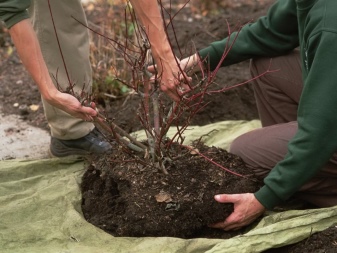

Every few years, it is recommended to apply fertilizers of mineral and organic origin, such as compost or humus, to the soil. This action will not only have a beneficial effect on the fertility of the soil, but will also contribute to the development of good bacteria in it.
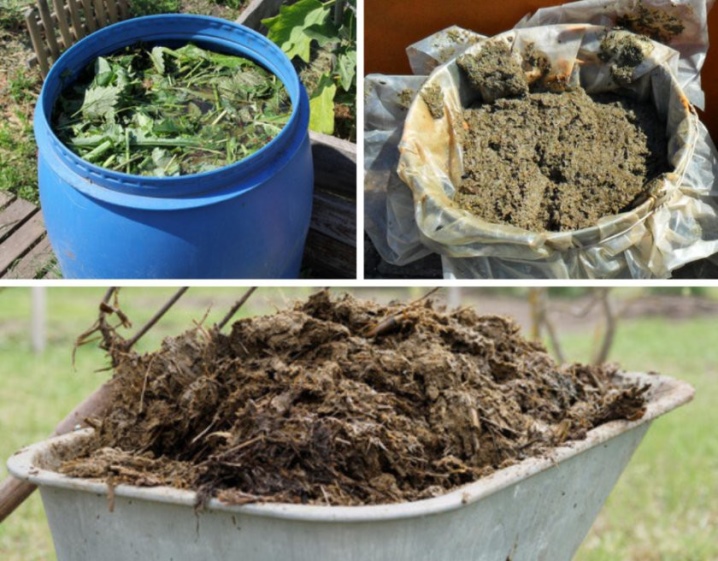
Preparing for winter
Usually, rodents rarely do any harm to the bark, but this is not the case with various wild birds. Honeysuckle is pecked by finches and finches. To avoid this, cover the bush with burlap or synthetic-based cloth.
Even during the flowering period, the shrub is able to withstand cold temperatures down to -7 ° C. Remember that only mature plants can withstand severe frosts. Young ornamental shrubs are not stress-resistant enough and require special protection for the winter. To do this, carefully separate the vines and lower them to the ground. By this action, you will save the culture under the snow cover.

The most common mistakes
Consider the nuances that can affect the harvest.
- This culture does not like acidic soil. There will be fewer berries, and the foliage will be light in color. Experts recommend choosing loamy soil with fertilizers.
- Too much water can cause root rot, so it is a good idea to check for groundwater before planting.
- Do not plant honeysuckle in the shade, as this will degrade the quality of the fruit. Honeysuckle prefers a sunny, open area.
- If you plant the same variety of honeysuckle nearby, the flowers will bloom vigorously, but the yield will be low (the plants are cross-pollinated). To solve this problem, it is necessary to plant varieties by alternating them.
Honeysuckle is a wonderful decoration for any place, if properly cared for. The transplant should be carried out in the fall, when the plant is dormant. It is also important to provide sufficient fertilizer and water for the soil next to the shrubbery.
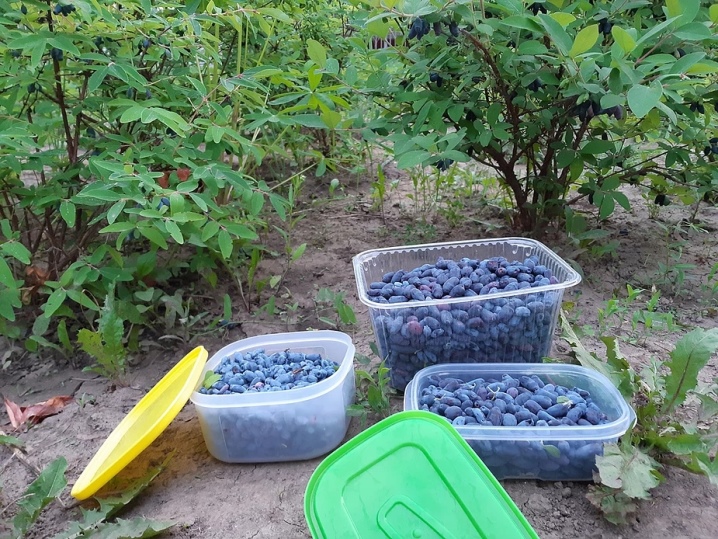











The comment was sent successfully.